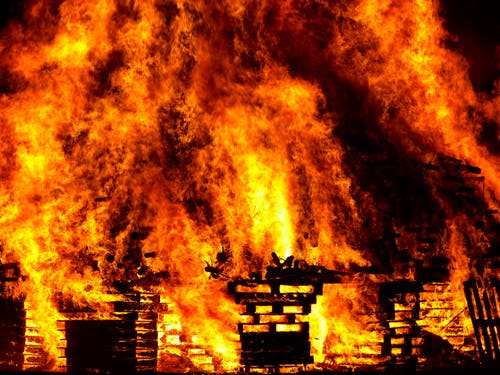Moisture and mildew in the home can cause serious health problems. Furthermore, some people are more sensitive to mildew than others, resulting in allergic reactions or acute illness. To avoid these problems, mold removal techniques or the services of a specialist may be required.
Mold Removal Techniques
The top eight mold removal methods are shown below. These techniques are included on the list because they are useful and cause little property damage.
Dry Ice Blasting
Dry ice blasting is a non-chemical method for removing mold from buildings. Molds are removed using dry ice, as the name implies. It is an environmentally friendly method. No health risks are associated with it because it does not involve using chemicals. This approach enables you to move in with your family as soon as the work on your property is finished. There won’t be any lingering chemical smell either.
Air Treatment
They use air treatment procedures to remove extra moisture from the air. Mold thrives in moist environments. Mold thrives in moist areas of your property that receive a lot of moisture but little or no sunlight. A dehumidifier can remove approximately 50 gallons of water from the air. This method aids in treating mold growth causes like water damage and flooded basements.
Wire Brushing
They have large machines, but some situations necessitate careful handling and precise tools. A wire brushing technique is one example. When dealing with mold in small areas, they use wire brush techniques. This method ensures that the mold is removed without causing damage to your walls or materials.
Sanding
Another example of a delicate handling technique is sanding. They use a sander to remove the mold and then vacuum it with a HEPA vacuum. For moldy wood, use the sanding technique.
Please do not attempt this alone. While sanding moldy wood, you and your family may be exposed to potentially hazardous mold spores. Hire a mold specialist to complete it for you instead.
Cleaning and Sanitation
They perform extensive cleaning and sanitation of the entire property while performing mold remediation. They vacuum surfaces to remove mold spores, wipe surfaces, and use other methods to keep homes mold-free. To know more about mold clean-up, check it out.
Scrubbing With Antimicrobial Cleanser
Antimicrobial cleaners frequently remove mold from nonporous surfaces such as metal, glass, tubs, sinks, toilets, and tiles. This method is an efficient way to remove mold without wasting time. You can try this technique independently, but you’ll need the proper safety equipment.
Disposal Of Unsalvageable Materials
While performing mold removal, They may encounter infected materials that cannot be salvaged. In such cases, the disposal technique is the best option. Yes, they will eliminate the infected materials. The typical materials we discard are porous. Examples include carpets, ceiling tiles, couch cushions, mattresses, and drywall. Even if you scrub vigorously to remove the mold, mold spores remain. As a result, you will be dealing with mold infestation within a few weeks. To learn about a disaster cleanup, you can click this link.
Mold Removal From Ductwork
You should call a specialist if mold is developing in your HVAC system. If you attempt to remove mold from your ductwork on your own, many things can go wrong. In addition, this technique necessitates the use of specialized equipment and skilled handling. Because of the complexities of this technique, you should only hire a reputable and experienced restoration company like mold removal and fire damage cleaning new city to perform this process.


